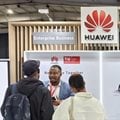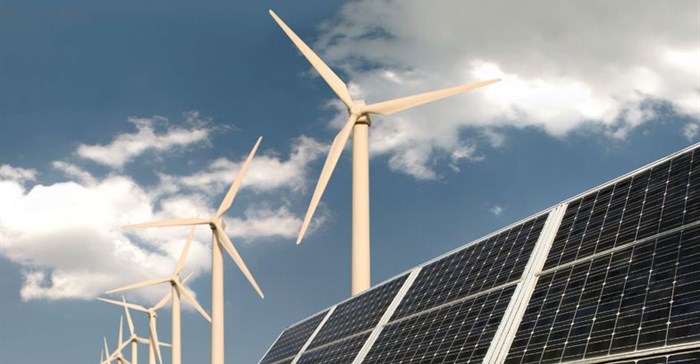Marketing & Media trends
Industry trends
BizTrends Sponsors
Trending




 Sabre EMEA 2024 Awards: Razor PR, Retroviral top SA agenciesDanette Breitenbach
Sabre EMEA 2024 Awards: Razor PR, Retroviral top SA agenciesDanette Breitenbach
#BizTrends2017: The future of energy
But this is finally changing, and rapidly too. Never has there been this much disruption in this sector, largely driven by market forces demanding increased efficiencies and carbon emission reductions. as well as better ways to generate electricity.
Digitisation rules
In the next 30 years, there will be more decentralised generation points providing power on the edges of the grid and behind the meter, says Brett Freeman, general manager, mine electrification, General Electric.
He adds that this is not just attributable to advances in solar and wind power, but through decentralised technologies and smart apps, which are giving us improved efficiencies. “With decentralisation, we will see more storage capacity. This is the big exciting space that we are now looking at and working on.”
“Digital innovation will overarch all these technologies. Wind turbines will talk to each other, they will adjust their blades for improved efficiencies… the list is endless. It won’t just be hardware, but also software and the security implications.”
Solar and wind come out tops
In early 2000, the United States (US), Europe and Japan began to subsidise renewables. At the time, it was unclear which renewables would work best and which would evolve. Since then solar and wind have come out tops as both showed their potential for mass manufacturing, and the associated cost efficiencies, explains Prof Dr Tobias Bischof-Niemz, centre manager for the CSIR Energy Centre.
Island grids
“More wind and solar has been installed than any other form of renewables. While they are a useful way to balance fluctuations on the grid, they are also pointing towards a power station that will be very different. The modern power station will not be large, but rather island grids that run autonomously and are interconnected and balanced,” he says.
On the supply side, this represents a mosaic made up of wind and solar, sometimes working in unison and other times not. Distribution needs to be high speed and allowing for interchangeable demand and supply. This means the demand side will have to be more flexible, and capable of alternating between under and over supply.
“The intense energy setup of past is not what we need today; we need flexibility and affordability. There is no problem with running with renewables only anymore, he adds. “In fact, Brazil has done this for years and never had problems.”






